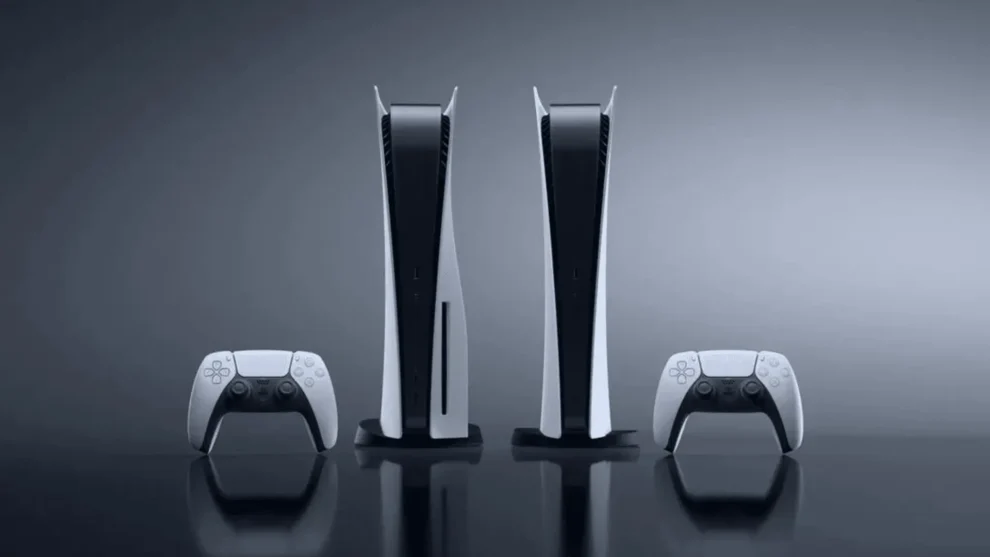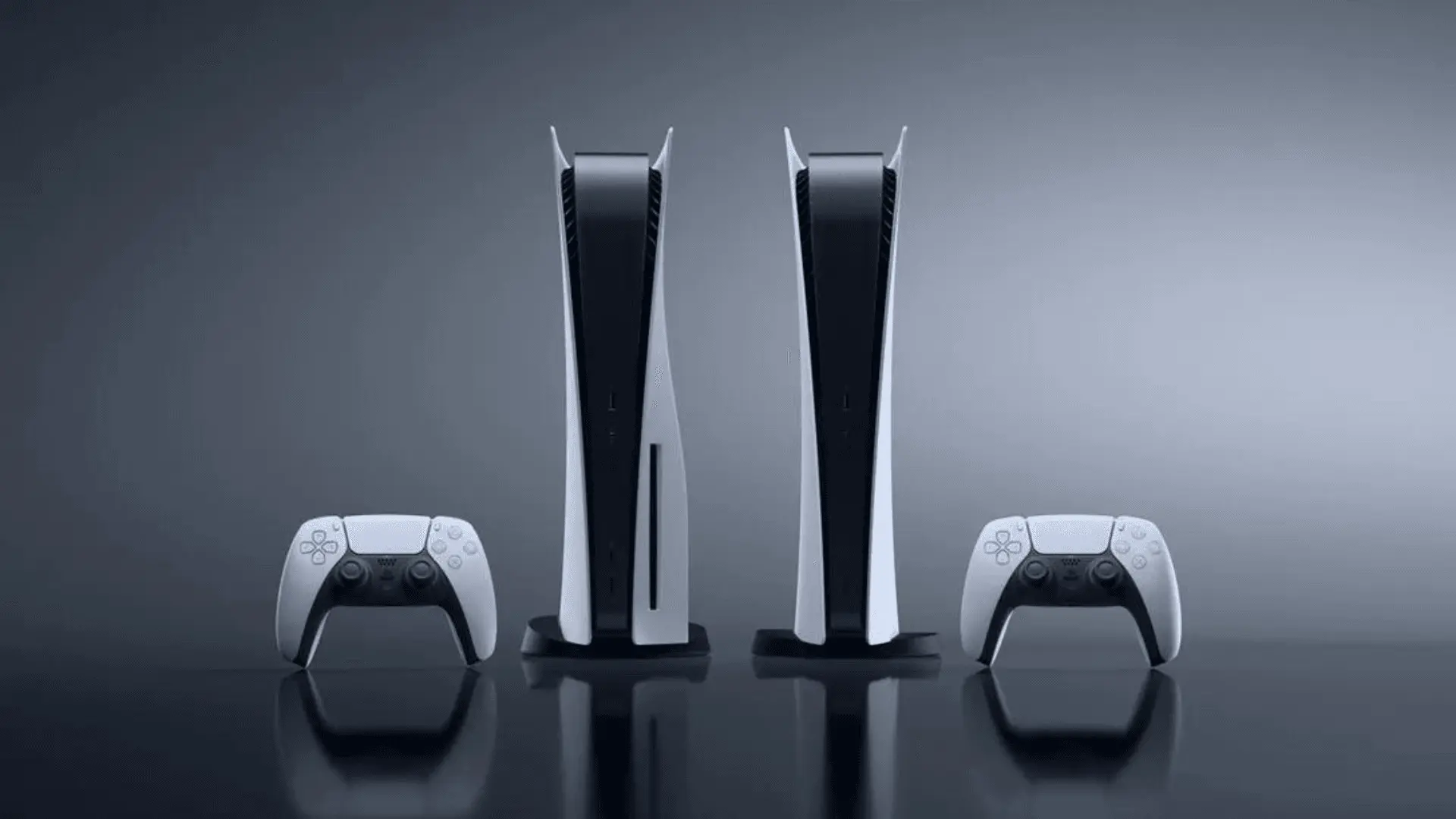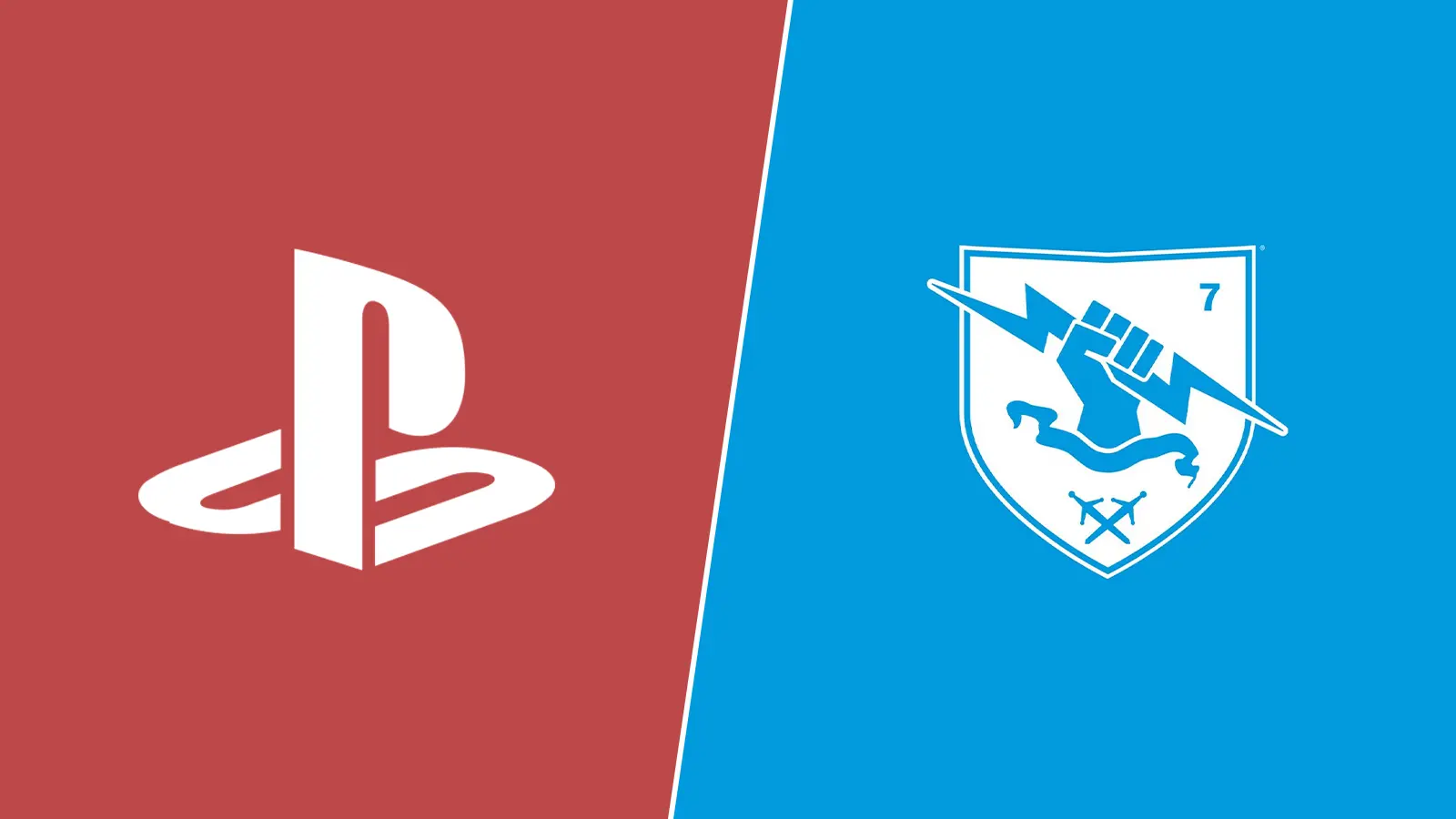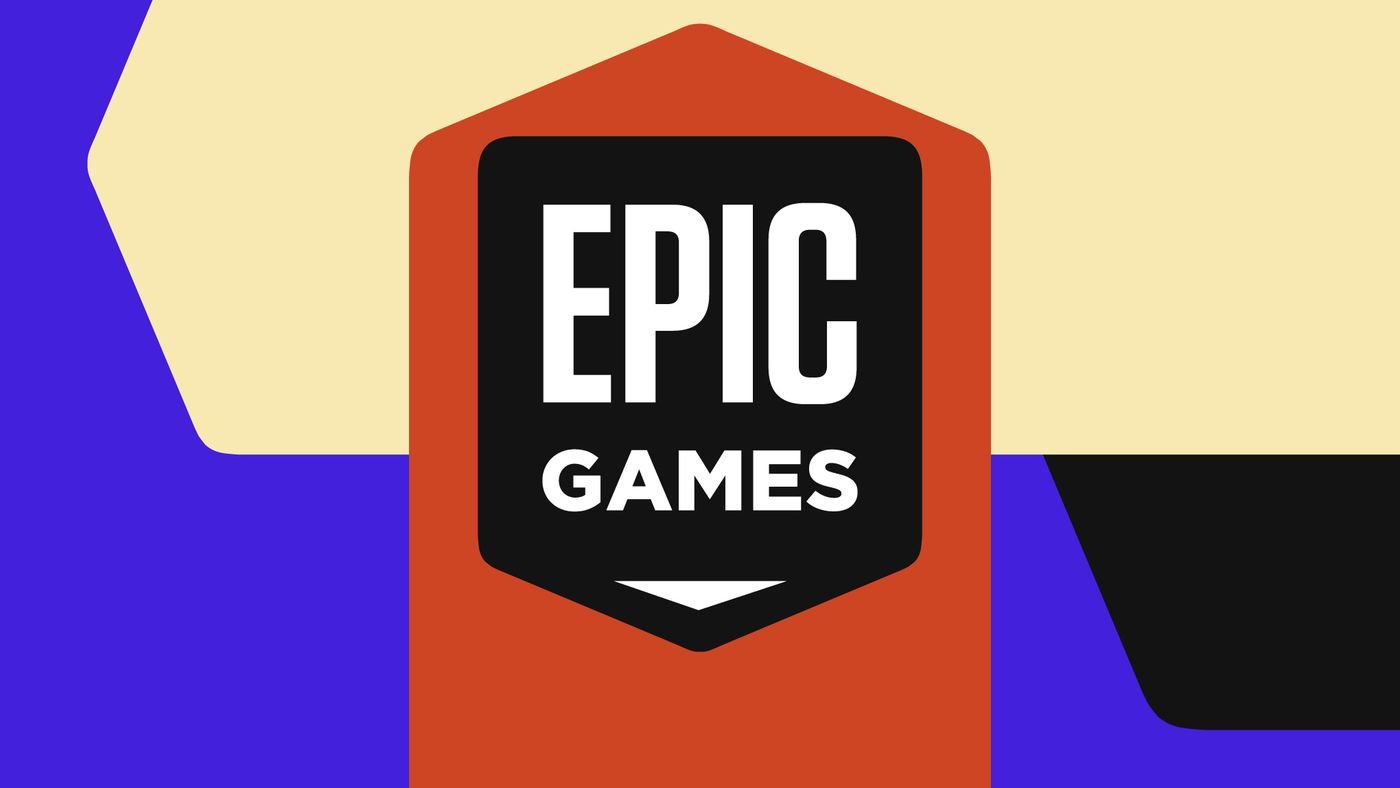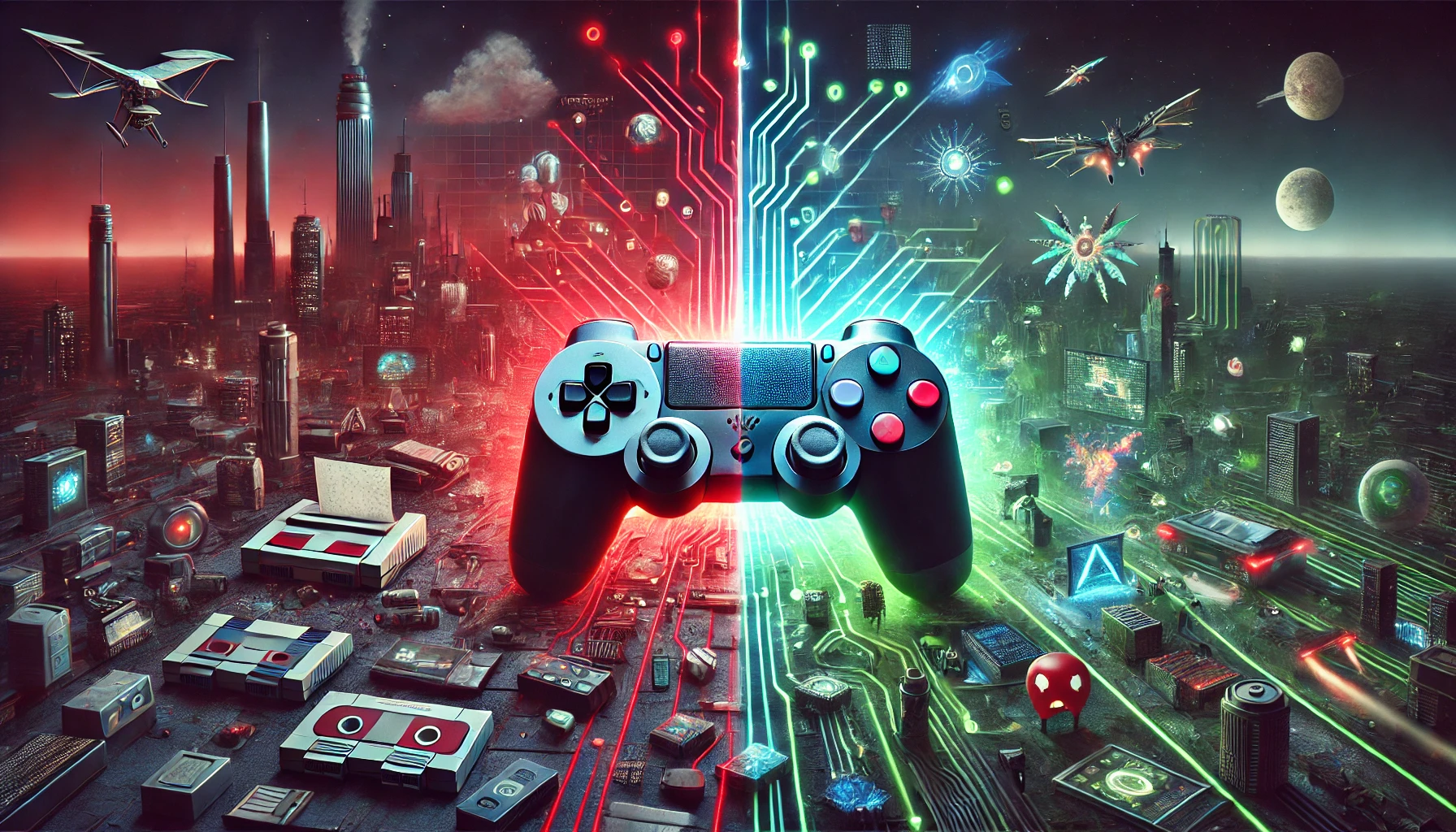As the PlayStation 5 (PS5) surpasses 30 million units sold, Sony Interactive Entertainment signals a pivotal moment in its lifecycle, hinting at a future where the console enters the latter stages of its market presence. Amidst record-breaking sales and strategic goals, the tech giant navigates the evolving landscape of gaming with an eye on innovation and user experience.
Key Highlights:
- PS5 sales exceed 30 million units, marking Sony’s fastest-selling console to date.
- Sony aims for an 18 million unit sales target within the current fiscal year, with projections to ship 23 million units in the next fiscal year, indicating sustained demand.
- Increased production and availability have been crucial to achieving recent sales milestones, with December noted as the PS5’s most successful sales month.
The PS5, introduced as a revolutionary gaming console, has rapidly become a staple in the digital entertainment world, blending cutting-edge technology with immersive gaming experiences. Sony’s ambitious sales targets underscore a commitment to maintaining the console’s momentum, even as discussions about its lifecycle stage emerge.
With an unparalleled blend of performance, game library, and user experience, the PS5 has not only set a new benchmark for gaming consoles but has also reshaped consumer expectations. Sony’s strategic focus on availability and production ramp-up, particularly during a period marked by global supply chain challenges, reflects a keen understanding of market demands and consumer behavior.
Sony’s strategic focus includes maintaining momentum in PS5 sales, with an ambitious target of shipping 18 million units within the fiscal year. This goal underscores the company’s confidence in the console’s continued demand and its ability to meet consumer expectations despite supply chain challenges
PS5 entering the latter stage of its lifecycle as indicated by Sony, here are additional points to consider:
- Sony’s ambitious sales target for the PS5 is reflective of its confidence in the console’s market presence and demand.
- The comparison of PS5’s lifecycle with that of its predecessor, the PS4, suggests Sony is closely monitoring the pace and impact of technological advancements in gaming.
- Sony’s strategic planning for the PS5’s production and distribution emphasizes their commitment to overcoming global supply chain challenges, ensuring the console’s availability to a broad audience.
- The achievement of significant sales milestones by the PS5 underscores its popularity and the effectiveness of Sony’s marketing and product development strategies.
As Sony navigates the PS5 through the latter stages of its lifecycle, the implications for gamers and the broader industry are profound. The transition signifies not just the end of a chapter for the PS5, but also the dawn of new technological advancements and gaming paradigms. Sony’s foresight in managing this lifecycle transition, coupled with its commitment to innovation, suggests a future rich with potential for gaming enthusiasts.
The PlayStation 5’s journey reflects a remarkable blend of commercial success and strategic foresight. Sony’s ability to navigate supply chain challenges and meet ambitious sales targets is commendable. However, the indication of a shortened life cycle for the PS5 points to a broader trend in the tech industry, where innovation cycles are becoming shorter to keep pace with rapid advancements and changing consumer expectations. This strategy may offer gamers more advanced technology sooner but could also signal a shift in how we perceive the longevity and value of gaming consoles. As Sony prepares for the next stages in its console roadmap, the industry and consumers alike will be watching closely to see how this balance between innovation and sustainability evolves.

